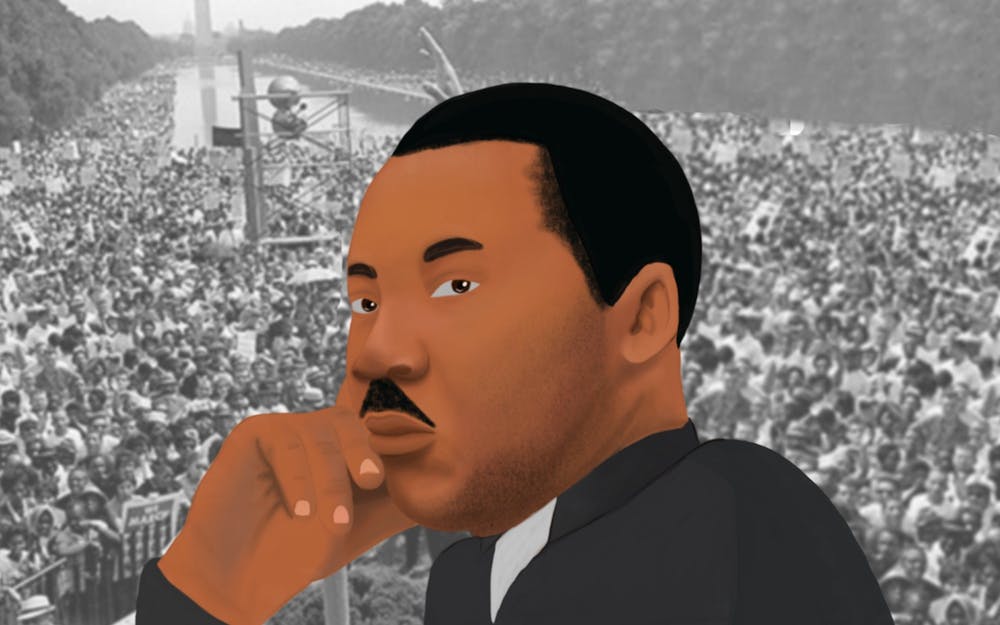IU students led a panel entitled “Restorative Justice: From Principle to Practical Implementation” on Zoom Monday. The panel was in the first series of events to start the “Where Do We Go From Here: Social Justice Conference Monday.”
The panel discussed restorative justice practices that could benefit the criminal justice system and schools and universities for all age groups. The panelists said restorative approaches at IU could be used to resolve residence hall disagreements or student protests over social issues.
The panel featured senior Naomi Ping Showalter, juniors Kylie Lewis and Brian Robusto, “Where Do We Go From Here” conference organizer and Restorative Justice Committee member Genevieve Labe and Office of Student Conduct sexual misconduct investigator Sarah Walton Kinney.
The team started preparing for the panel in June, Lewis said. All three students accredited their involvement in the panel and restorative justice with the Political and Civic Engagement certificate at IU.
Showalter opened the panel with an acknowledgement to the land from Indigenous tribes IU is built upon. She said that restorative justice is a historical practice deeply rooted in many Indigenous ideologies.
Restorative justice is an alternative approach to crime and behavior. It focuses on the restoration of relationships rather than on traditional punitive methods surrounding punishment, Showalter said.
Kinney gave an example of a fictional scenario where residence hall members were encouraged to use the peacemaking circle method to discuss feelings, attitudes and desired outcomes of the situation to show how restorative justice could be used at IU.
IU is experiencing a shift toward restorative justice practices, Labe said. The Office of Student Conduct Restorative Justice Committee features residence hall members, university staff and faculty which aims to educate the community on restorative justice practices and how they can be applied.
“A restorative approach understands that crime most importantly causes harm to people and relationships in the community,” Showalter said. “Our solutions shouldn’t be about punishing each other but rather working together at multiple levels to resolve that harm and rebuild a relationship.”
Methods of restorative justice include victim and offender mediations, family or group conferences and talking or peacemaking circles, Showalter said. Peacemaking circles are more focused on community action than other methods, and they allow for all people to have a chance to speak uninterrupted.
Restorative justice has statistically been well received, Lewis said. The practice can result in a greater perception of fairness, drops in reoffense, increases in economic benefits and greater success with youth, she said.
A restorative approach can also be applied in schools, Lewis said. When applied to K-12 schools, she said there was a decrease in racial disparities and a dramatic drop in suspension, expulsion and recidivism.
Restorative justice fosters equality and eliminates racial biases that are often seen in school or justice systems, Robusto said.
“The same language, same questions, same expectations and same approach are used on all students, on all people and communities because a tenet of restorative justice is that all people are valued members of a community and should be treated as such,” Robusto said.




